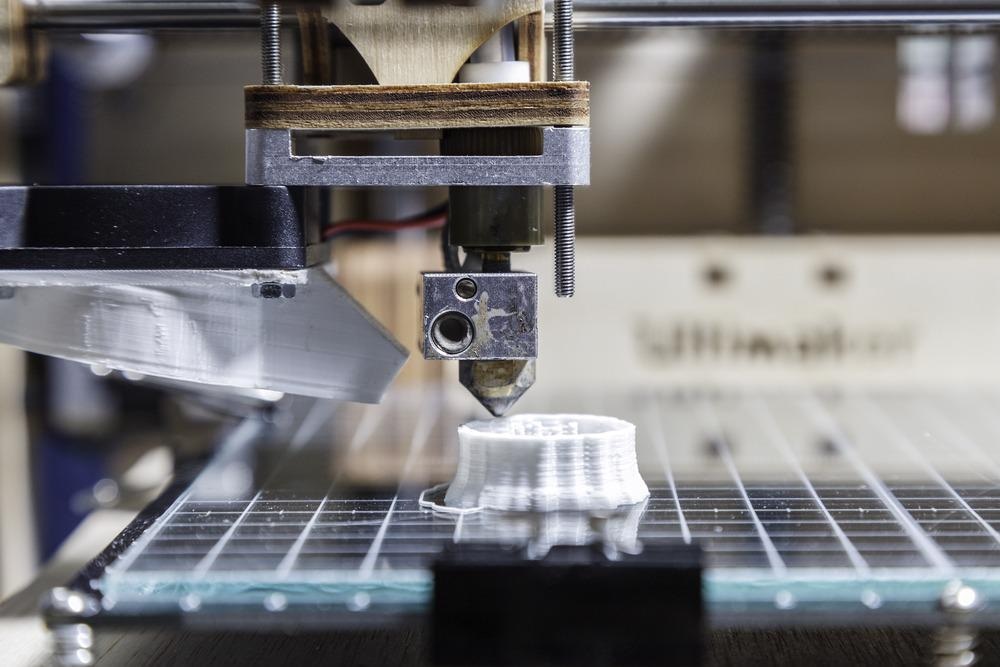Creating intelligent, shape-changing materials is a particular focus in the field of materials science currently. However, the technology is still fairly new. Issues exist, particularly with materials that are both rigid and conformable, but current research is providing innovative solutions to these issues.

Image Credit: Sergi Lopez Roig/Shutterstock.com
Shape-Changing Materials: Overview and Potential Applications
Developing tunable shape-changing materials is one of the most exciting areas of research in materials science.
These next-generation materials have already been explored for their use in fields as diverse as wearable tech, smart sensors, soft robots, and clean energy.
Synthetic shape-changing materials are still in their infancy, and studies of naturally occurring structures that can change their morphology has informed developments in the field. Some examples of biological structures that exhibit these capabilities include plant tissues, tendons, and skeletal muscles.
This new class of materials can change their morphology in response to external stimuli.
However, it is difficult to create materials that can morph into any shape possible and maintain it: their shape-shifting abilities are limited to a few stable configurations.
New research has developed a material with an arbitrary range of shape-changing capabilities, paving the way for improved multifunctional materials that can be used in numerous applications such as robotics, architecture, and biotechnology.
Creating Totimorphic Shape-Changing Materials
There are two needs in shape-changing materials that seem contradictory: rigidity and conformability. Rigidity locks the material into place but if it's too rigid it cannot form new shapes. Conformability allows the material to take on new shapes, but if this conformability is too high, the material goes “floppy”.
Creating a material that fits both requirements will improve its commercial viability for a range of important products.
The research, published online in PNAS, uses an approach based on neutrally stable units. The unit cell uses two rigid elements, a lever and a strut, with two stretchable elastic springs. The advantage of using a neutrally stable unit cell is that the energy in the cell is balanced by the rigid and elastic elements.
This means that they can transition between an infinite number of positions and orientations and remain stable. They are analogous to an Anglepoise lamp that stays stable due to the springs counteracting the force of gravity acting on the lamp head.
The materials developed in the research have been termed “totimorphic” as they can morph into any stable configuration and are grounded in geometry.
By connecting individual cells with stable joints, the researchers were able to build a wide range of two dimensional and three-dimensional structures.
Structure of the Totimorphic Material
The basis of the material is a minimal neutrally stable (NS) unit cell, connected by two “zero length” springs, a lever, and a rigid link. Zero length springs are stretched substantially relevant to their rest length.
Point attachments connected the springs between the strut and lever. The lever, which is freely rotating, is connected via a planar joint. The range of configurations possible are characterized by a single internal angle.
The unit cell’s geometry can be changed by changing both its size and the length of the movable strut.
Additionally, the elastic response of the cell can be modified by adjusting the either the length of the links and struts or the stiffness of the springs. It is this tunability of structure along with the stackable nature of the unit cells that make them attractive targets for a multitude of industrial applications.
Potential Shapes and Scalability
The team used mathematical modelling and real-world demonstrations to explore and demonstrate the material’s shape-changing abilities. One sheet of totimorphic material can be manipulated into a multiple of shapes: they can curl up into a ball, twist into helixes, morph into distinct recognizable structures such as faces. The material can also bear weight.
Creating stable totimorphic materials that can conform to an infinite number of shapes whilst retaining their rigidity provides interesting possibilities for the field. The main implication is that they can be used in applications regardless of the scale by multiple units being joined together.
They can be scaled up to use in architecture, creating innovative building materials that respond to their environment, or scaled down to create smart, shape-changing sensors and materials for biotechnology and soft robots.
The Future
Whilst totimorphic materials are still in their infancy, they show massive potential for the future of industry. Smart, shape-changing materials that can at the same time retain rigidity whilst conforming to any shape have the potential to cause a paradigm shift in materials science in the 21st century.
Further Reading:
Chaudhary, G et al. (2021) Totimorphic assemblies from neutrally stable units [online] PNAS 118(42) | pnas.org. Available at: https://www.pnas.org/content/118/42/e2107003118
Disclaimer: The views expressed here are those of the author expressed in their private capacity and do not necessarily represent the views of AZoM.com Limited T/A AZoNetwork the owner and operator of this website. This disclaimer forms part of the Terms and conditions of use of this website.